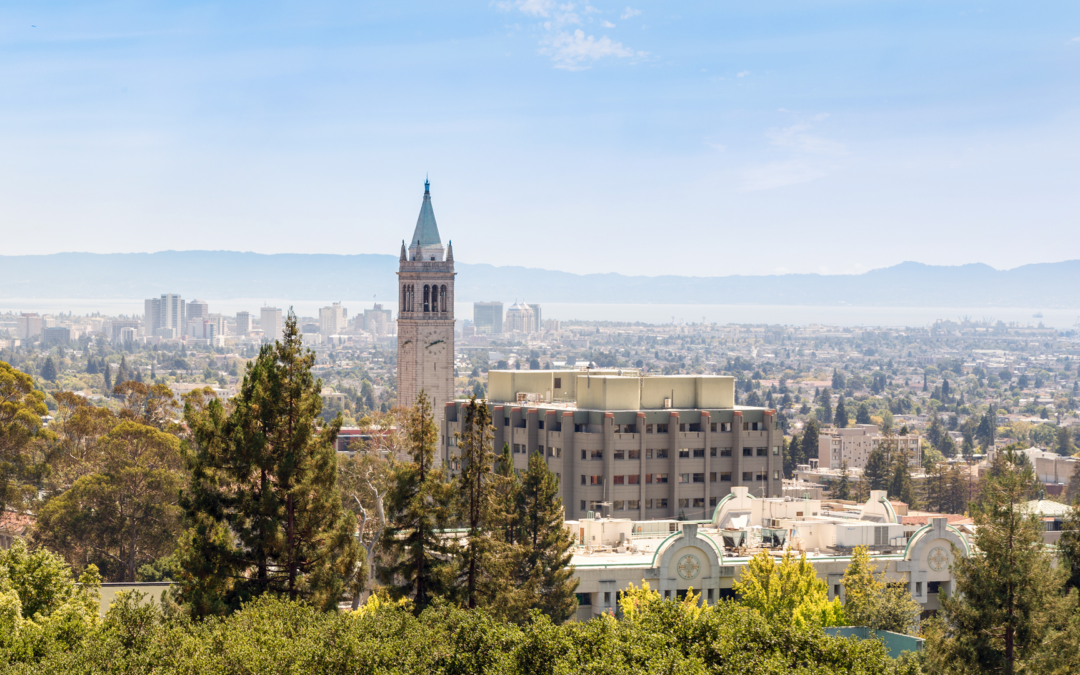The East Bay cities of Berkeley and Emeryville have been among the region’s hot spots when it comes to supporting growth and innovation in new industries and technologies, particularly in the cleantech, food and life sciences sectors. Drawing from their proximity to University of California, Berkeley and Lawrence Berkeley National Laboratory, both cities offer a variety of amenities and resources to help aspiring entrepreneurs launch and scale new businesses in emerging fields, including abundant accelerator/incubator and lab spaces, support with commercialization, funding and more. In recent years, this cycle has led to the permitting and development of more wet lab space and other commercial real estate developments that will further cement the cities’ positions as leaders in innovation industries.
One of the often-overlooked elements that has enabled Berkeley and Emeryville to attract, grow and retain companies in emerging industries has been the proactive efforts from each city to permit and construct new housing. While all cities in California are required to permit and plan for their fair share of housing under state law, few cities have embraced this requirement the way these two cities have. For the six years from 2015 to 2021, the city of Berkeley issued permits for 3,744 housing units, exceeding its goal of 2,959 units two years ahead of its 2023 deadline. Not to be outdone, the city of Emeryville was one of just 11 jurisdictions in California to receive a pro-housing designation from the State of California Department of Housing and Community Development in April 2023. Among other things, the city of Emeryville has been praised for streamlining the approval and construction of housing projects, leading the city to adopt a target of 3,687 new housing units between 2023-2031, a target that is 203% of their required goal of 1,815 new housing units.
There have been many headlines recently highlighting an exodus from the Bay Area, which has lost population for the third straight year, according to the California Department of Finance. One of the primary reasons for this phenomenon is a lack of affordable housing. Many people leaving the region are not actually leaving California, but instead are going to more affordable inland communities such as Sacramento and San Joaquin County. As the region looks to reverse this challenging recent trend, more Bay Area cities must adopt pro-housing policies and take action to permit and plan for new housing units like the cities of Berkeley and Emeryville. While some local jurisdictions occasionally put forth reasonable arguments about why they are unable to support specific projects at particular sites, many have reflexively resisted the development of new housing – particularly more dense multifamily housing. By persisting with their opposition to new housing, too many cities in the region have simply underbuilt to meet demand, thereby exacerbating the imbalance of supply and demand in our housing market, creating even more economic challenges for our region.
The East Bay Economic Development Alliance (East Bay EDA) embraces the fact that our region’s robust ecosystem of educational institutions and other supporting assets and resources have enabled it to become a place that is renowned for its abundance of talent. However, our current challenges with housing supply are putting a lid on economic growth. Over the past year, our organization has convened focus groups and engaged with representatives from a wide variety of companies and industries in the manufacturing sector, nearly all of whom have indicated that the region’s current housing challenges have caused a drag on their growth and hiring plans. While the efforts of the cities of Berkeley and Emeryville are laudable, more cities must follow their lead if we are to solve the underlying problems that have created our region’s housing challenges. The future of our region depends in part upon the willingness of more of our cities to take a proactive stand around permitting and constructing new housing if we are to sustain our region’s economic vitality while preserving its quality of life.
East Bay EDA is a cross-sector, public-private partnership that promotes strategic economic development throughout Alameda and Contra Costa counties, serving as the regional voice and networking resource for strengthening the economy, building the workforce and enhancing the quality of life in the East Bay. For more information about our work, visit us at eastbayeda.org.
This article was originally published in the San Francisco Business Times for East Bay EDA’s East Bay Hot Spots series. Read the article here.

